Russia vs. Ukraine. It’s as lopsided a war as there could be. Russia has all the advantages: a nearly 4x population advantage, thousands of tanks and fighter jets, and orders of magnitude more industrial capacity.
Plus, the flat terrain of Ukraine makes a perfect playground for the rapid movement of large-scale armored divisions. Or so everyone had thought. Because the vast majority of large-scale tank battles in WWII occurred in Ukraine, the expectation was that history would repeat itself.
But history didn’t repeat itself.
Enter the drone. Or rather: enter a different kind of drone.
The “Standard” Drone. At the start of the conflict, Ukraine was using drones like the Turkish-built Bayraktar TB2. The TB2s are certainly cheaper than manned fighter jets but they still cost about $5 million. And as of 2024 Ukraine had completely stopped using the TB2. Why? Two interconnected reasons. First, Russian air defenses were quickly re-calibrated to target and destroy the TB2 (and similarly sized drones) and, second, it wasn’t possible for Ukraine to sustain losses of $5 million per unit.
The “Different” Kind of Drone. That in turn forced Ukraine to develop a sophisticated “Drone Order of Battle” that leverages far cheaper and smaller drones with devastating effect. Something that military experts call an “attritable” weapons system.
What does this “Drone Order of Battle” look like? The basic idea is this:
Step 1: Deploy very cheap light-duty drones (like under $2k) that are commercially available (e.g., DJI Mavics) to act as surveillance drones spotting enemy positions.
Step 2a: After a target is spotted, it’s common that a “weaponized FPV” (i.e., a grenade or other ordinance attached to an FPV drone) is sent to destroy the target. It’s not unlike a video game set up. The pilot has a set of FPV goggles and a hand controller and next to him is often another pilot with a spotter drone (likely also a DJI Mavic) to guide and confirm the kill. Unlike any other method, FPVs are extraordinarily effective because the pilot can fly directly into the weak spots of tanks (e.g., under the turret or at the tank track).
Step 2b: If the target is farther back behind enemy lines, then the FPV doesn’t have the range. But there are several options.
One of the more clever is the fixed-wing drone “mother ship” like the T-10 Dovbush that carry (under their wings) and then deploy weaponized FPVs deep into enemy territory plus they operate as communication and electronic warfare hubs.
Then there are the heavy-duty “Vampire” drones (very similar to the DJI Agras platform) that carry heavier ordinance (but for shorter distances) and even more electronic warfare and communications capabilities.
Step 3: And if the target is out of range for the T-10 or the Vampire, then the last option is long-range artillery or more expensive missile systems provided by the USA and other allied nations.
Is this the future of Order of Battle? It will clearly have its place in the playbooks of every nation on the planet because virtually everyone can afford it.
But is it the only future Order of Battle? We think no. Just like in the commercial sector, there are dozens of different drone platforms being tested in the USA alone (like the Anduril Ghost X platform and the PDW C100) so we can expect to see a rapid evolution of designs, capabilities, and tactics.
However, Ukraine has proven that fancy, expensive weapon systems generally work well for short conflicts and targeted campaigns, etc. But after the initial few months of a broader conflict, those expensive weapon systems are...too expensive.
And so, we can expect that any broader future conflict that develops into a slug fest like Russia vs. Ukraine it will use ordnance that is not much different from that used over 100 years ago.
It’s all about scaling. And for scaling you need inexpensive, easily mass-produced weapons systems.
What then is the lesson for commercial drone service providers? We think the key lesson here is that for any system to scale, it has to be inexpensive. And that brings us to what we believe is the better question: how do drone service providers scale?
And that’s a tough question. Just like Ukraine, it’s a race to drive cost out of the equation.
Drone service providers have high capital costs and (while you folks with accounting backgrounds will shudder in horror in doing so) if you allocate those capital costs as part of a drone service provider’s cost of goods sold, the gross margins are insanely low - like 15% or below.
As any finance nerd will tell you, that’s not a recipe for scaling for two reasons.
First, venture capitalists and other equity investors are not going to be interested in funding any drone service providers because the gross margins are just too low and, second, you also can’t easily “self-finance” to scale either, i.e., you won’t have the money to hire people, etc. (And for the same reasons banks are even less likely to lend.)
So that in turn affects your long-term success as a drone service provider that wants to scale.
What’s the solution? We see two.
First, this is obvious, but we’ll say it anyway. You need to examine your costs with an insane amount of emphasis on eliminating and reducing everything that does not provide value to the end customer.
This means looking at everything: from the drones you are flying, to the car you are driving, to your set up time. Everything. Looking for inspiration? Read “The Toyota Way” to learn from the masters on the process of “Kaizen” (translates as “continuous improvement”) to reduce steps, eliminate parts and processes, and to focus on what matters to the customer.
Second, it’s all about delivering the end product. The customer isn’t paying you to fly the drone. Put yourself in the shoes of the customer. For example, if you are providing services that require waivers, then how do you make it super easy for the customer to get those waivers for the project? You become an expert in FAA regulations. If the customer knows that all they need to do is to write a check and you’ll come back with all the answers and deliverables, then the size of that check will grow.
Ultimately, the above solutions mean much higher gross margins, which in turn enables you to scale through self-financing and maybe even getting outside investment. It’s a relatively simple concept that you’ve likely already contemplated. The execution is the hard part.
About the Author: Justin Call is the CEO of Modovolo, a start-up that's launched the Lift, an endlessly configurable modular drone platform of Lift Pods and Utility Pods that are clicked together like Legos to build the right drone for every application, with hours of flight time, and at a price orders of magnitude less than anything on the market. You’ll want to see it for yourself.
About Modovolo: Modovolo is a start-up that's launched the Lift, an endlessly configurable modular drone platform of Lift Pods and Utility Pods that are clicked together like Legos to build the right drone for every application, with hours of flight time, and at a price orders of magnitude less than anything on the market. You’ll want to see it for yourself.
For inquiries, please contact: Justin Call, [email protected]




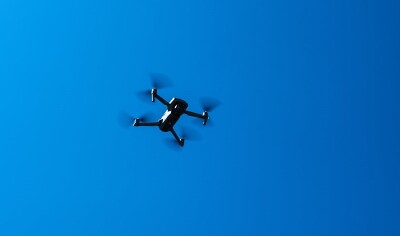

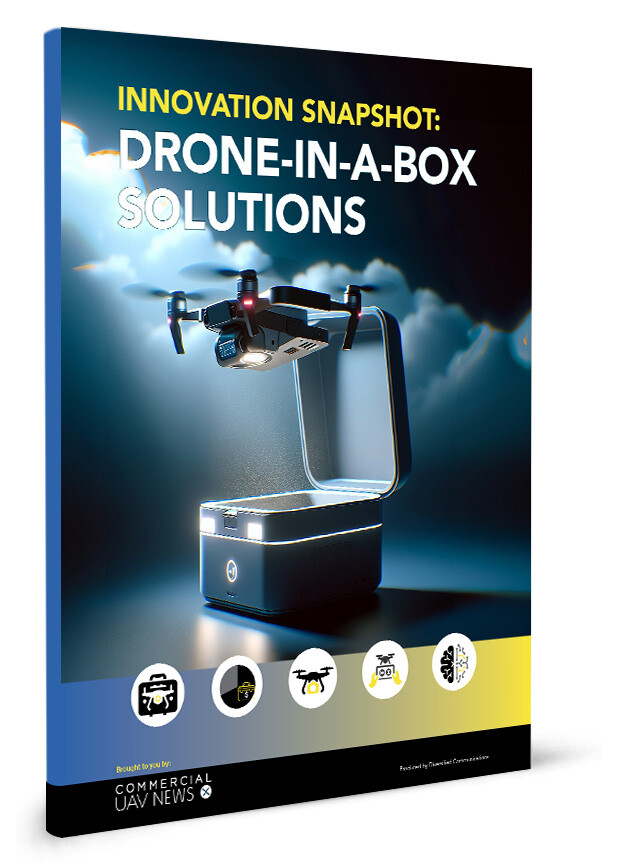

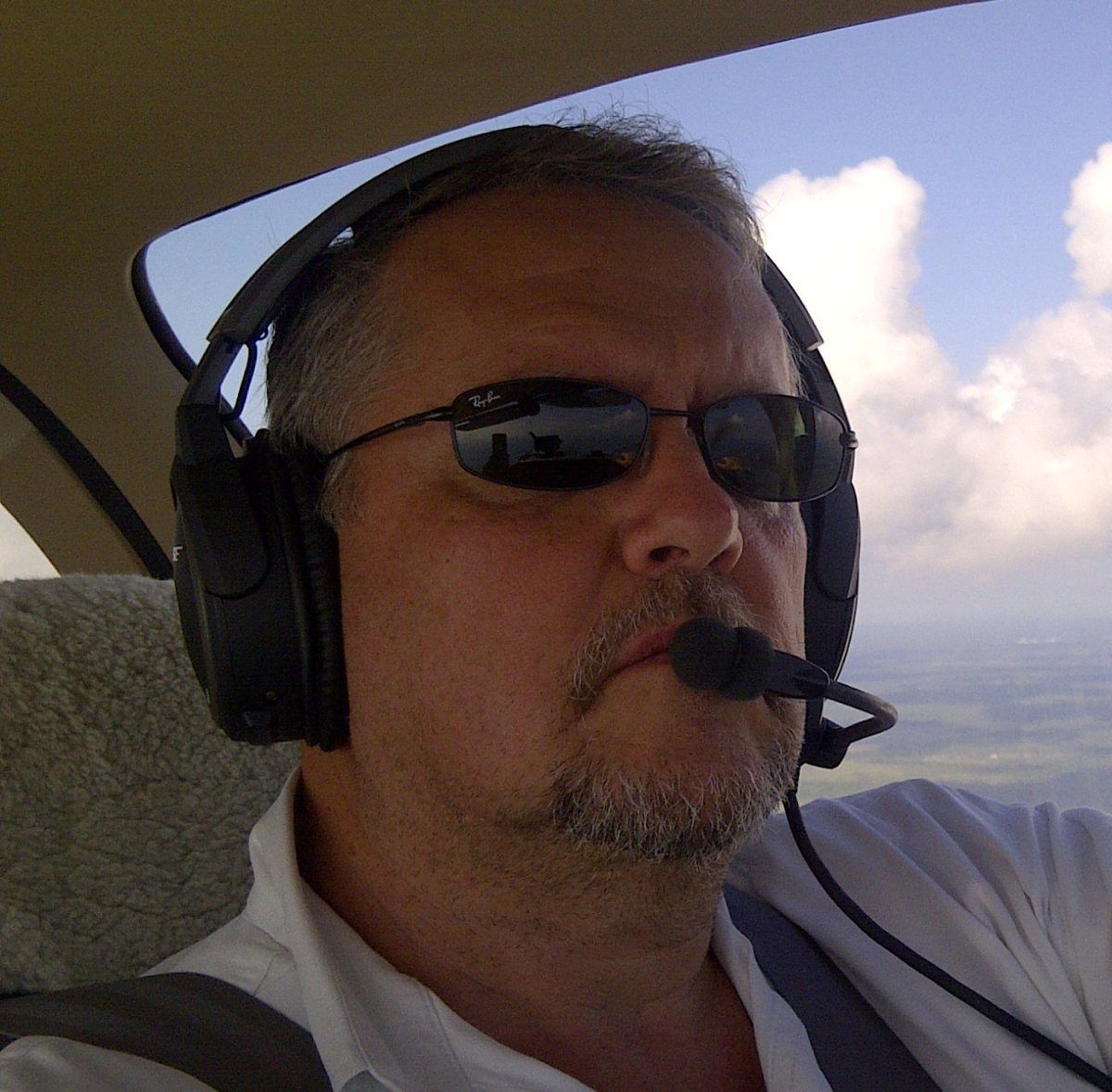




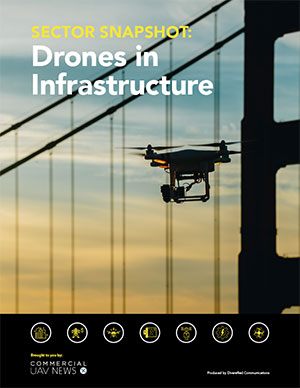
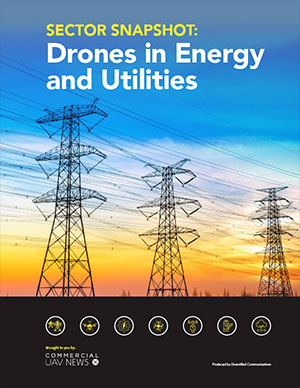
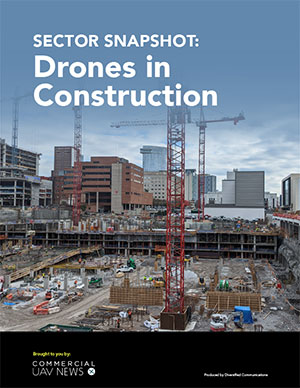
Comments